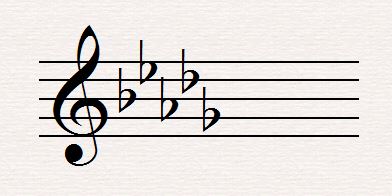

Once you can play them well slowly in both directions, you can start to work on increasing your speed slowly. Practice playing these scales up and down. It can feel a little weird and be tricky for your fingers to play a scale if you’re used to only playing chords. With each of these scales, take your time in the beginning.

There are a few places on the neck where you can play the G major scale. How to Play the G Major Scale on the Guitar But as you get to know the notes on the fretboard, you will see that this is what’s happening even when you play across all the strings. This is easier to see if you play scales on one string. So when you want a whole step, you skip a fret, and if you want a half step, you play the next fret. On the guitar, every fret is a half note. The white notes are the whole steps and the black notes are the half steps. This is best demonstrated with piano keys. W stands for whole step, H stands for half step. In terms of how to actually construct a major scale, there is a simple formula: W W H W W W H. This indicates that every F needs to be an F Sharp unless indicated otherwise and that the key is G. So from G to G is an octave.Īs you can see by the key signature, which is next to the treble clef, there is one sharp, F#. This is what we’ll be playing written out in sheet music with the notes written below in the versions where there are two octaves:Īn octave spans 8 notes. That’s because there is only one sharp (#) in G major, and that’s F#. If you look at the circle of fifths, you’ll see that G at the 1 o’ clock position on the outside of the circle (indicating that it’s major). Not only are you going to learn how to play the G major scale today, but how to use it in a way that sounds a little more musical and gives your left hand (or right hand if you are left-handed) good practice.

But scales are what solos and melodies are made of. We all want to make music and scales don’t sound like music. But they are something that all guitar teachers recommend.Īnd sure, if you just play your scales up and down the whole time, boredom is going to set in pretty fast. I mean, a scale in and of itself is kind of boring. Many guitarists, particularly in the first while that they start playing scales, end up getting bored, frustrated, and even annoyed. Today, I’m going to introduce you to the G major scale.


 0 kommentar(er)
0 kommentar(er)
